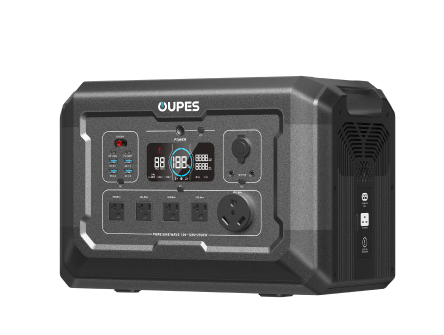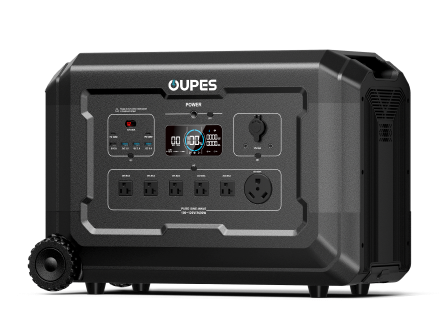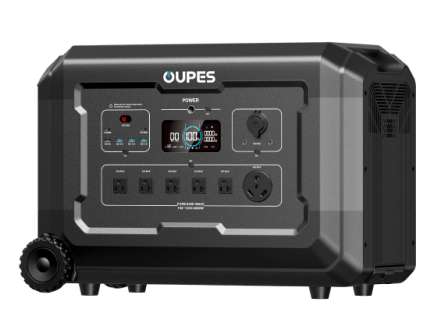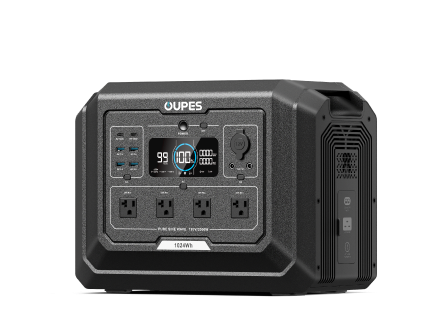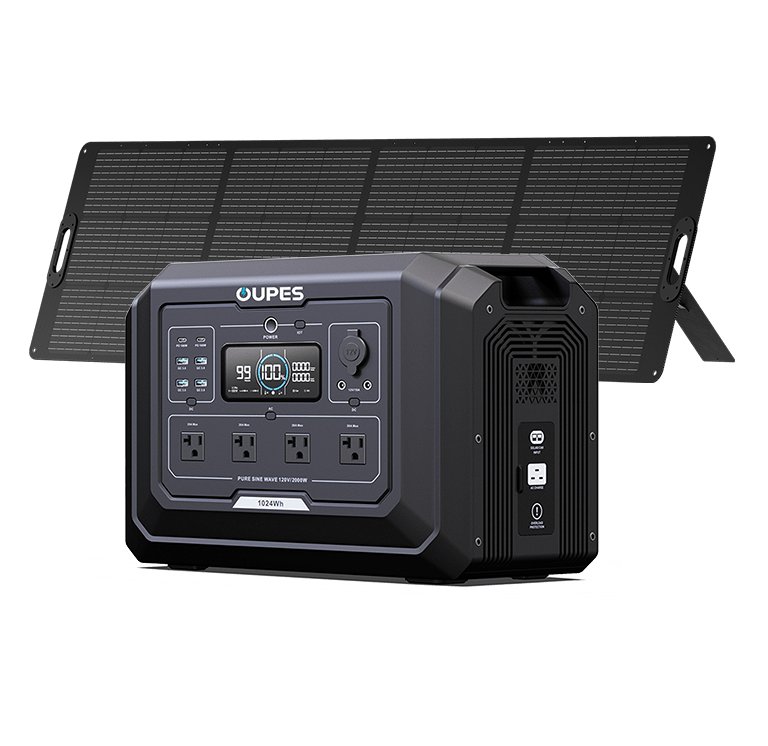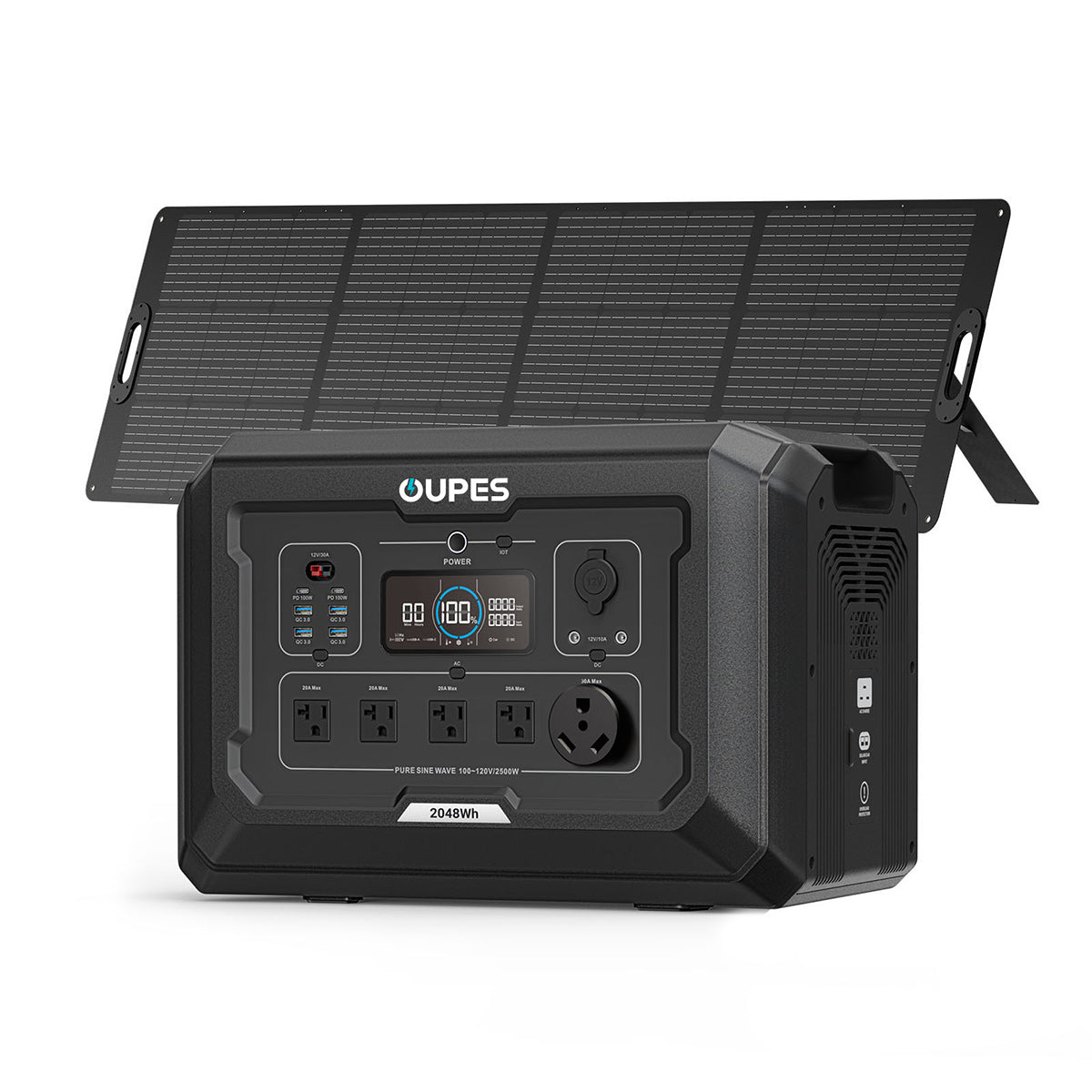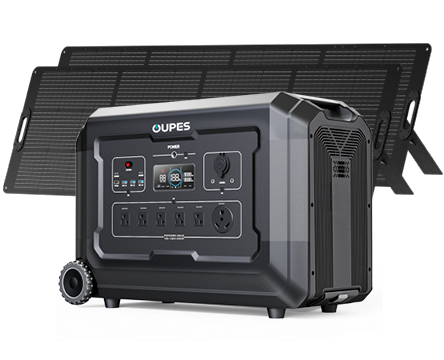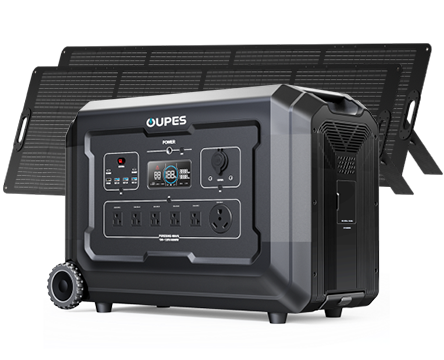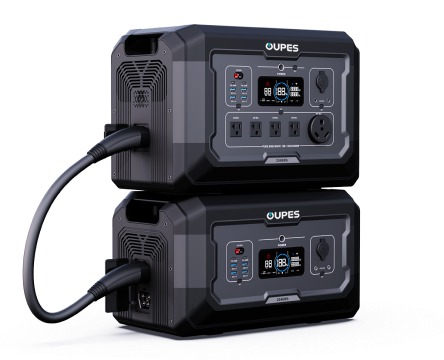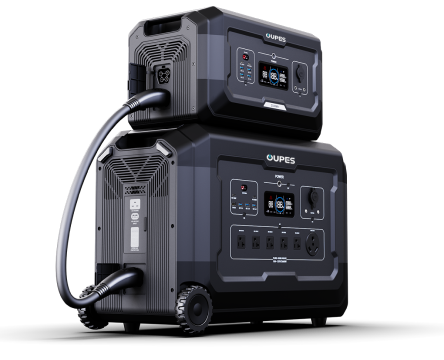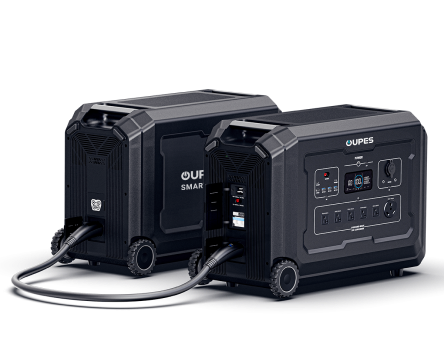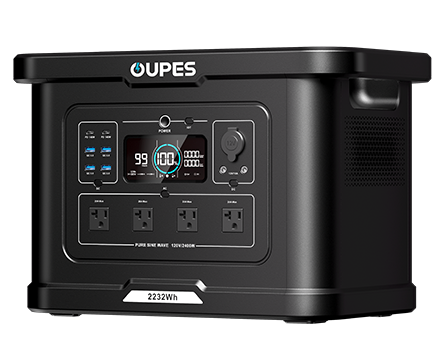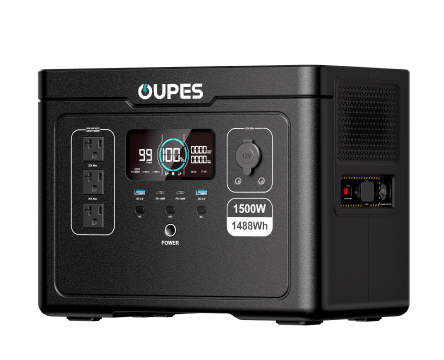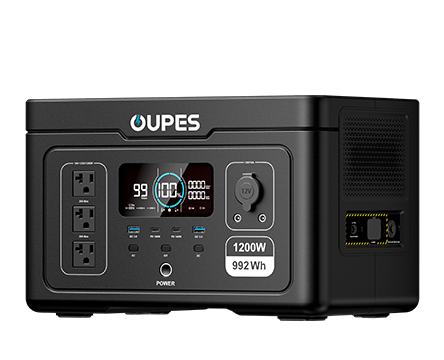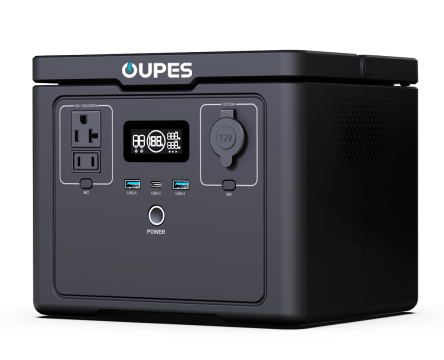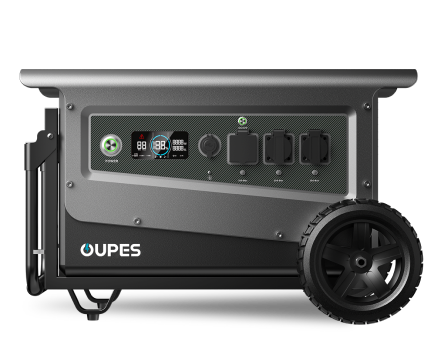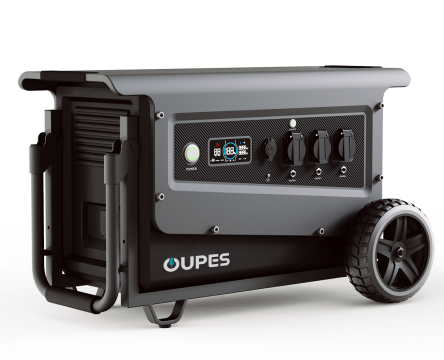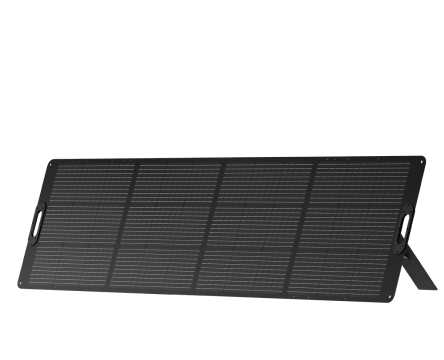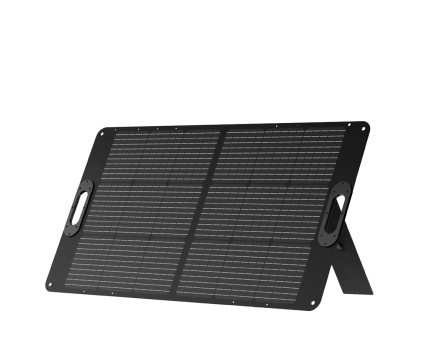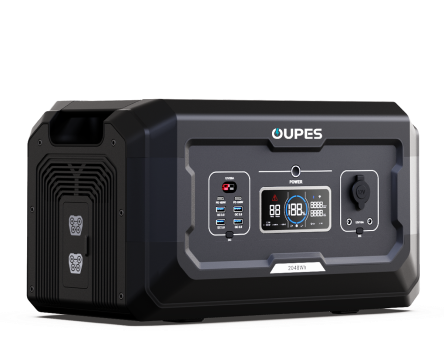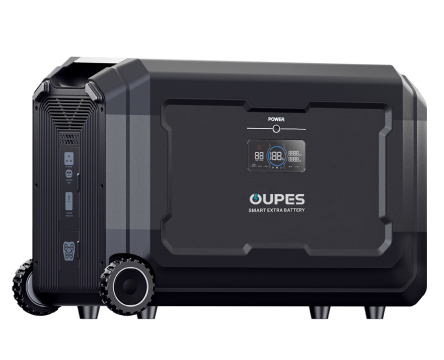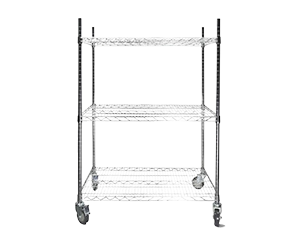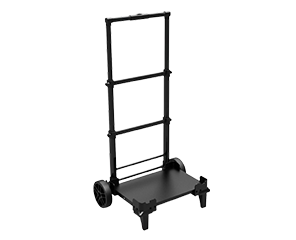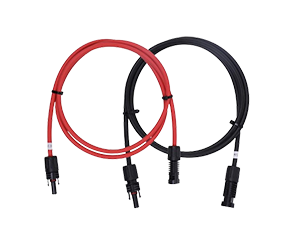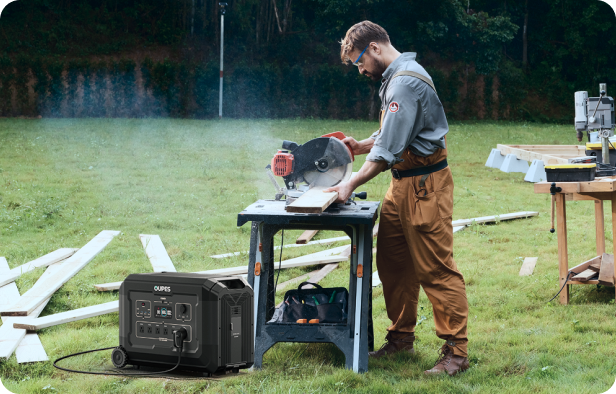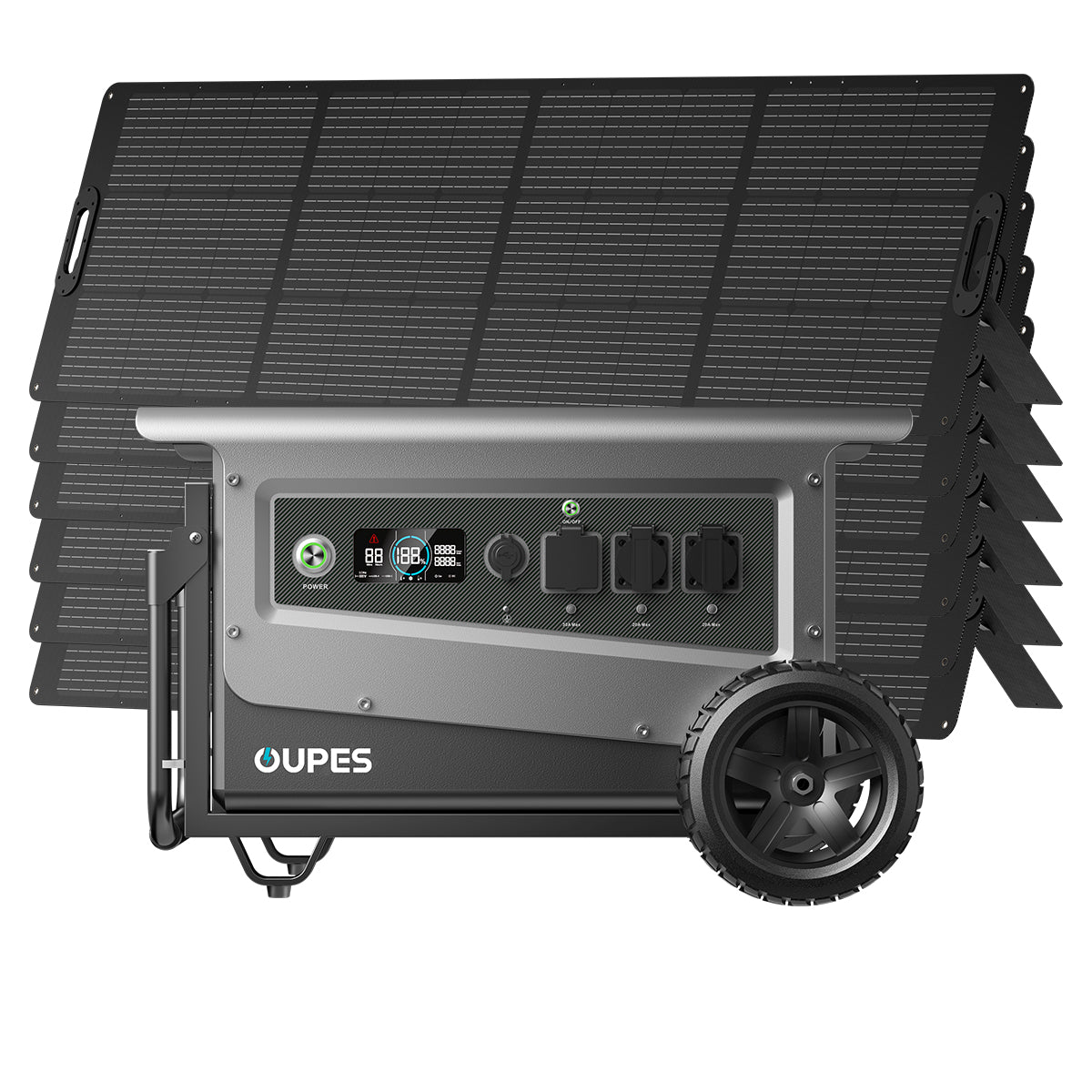
TL;DR / Key Takeaways
- Solar battery storage allows households to capture and store solar energy for later use.
- Key components include batteries, inverters, and charge controllers.
- Benefits include energy independence, backup during outages, and reduced reliance on the grid.
- Battery capacity and lifespan vary depending on technology and usage patterns.
- OUPES provides scalable battery storage solutions for both home and off-grid applications.
Introduction
Solar battery storage is a rapidly growing sector in renewable energy adoption. By pairing solar panels with high-capacity batteries, households can store excess power for nighttime use or during grid outages. According to the U.S. Department of Energy, residential energy storage capacity in the U.S. has doubled in the past three years, highlighting its increasing role in energy independence and resilience.
How Solar Battery Storage Works
Solar panels generate direct current (DC) electricity, which is then directed through a charge controller into storage batteries. An inverter converts this DC power into alternating current (AC) suitable for home appliances. The stored energy can be used when solar generation is low, during blackouts, or at peak utility pricing times.
Core Components of Solar Battery Storage
1. Batteries
The storage medium, typically measured in kilowatt-hours (kWh). Lithium iron phosphate (LiFePO4) batteries offer long lifespans and high safety.
2. Inverter
Converts DC electricity into AC power for household use. Hybrid inverters can manage both solar panels and batteries.
3. Charge Controller
Regulates voltage and current to protect batteries from overcharging and maximize efficiency.
Key Benefits of Solar Battery Storage
- Energy Independence: Reduce reliance on the grid by using stored solar energy.
- Backup Power: Maintain critical appliances during outages, such as refrigerators and medical equipment.
- Cost Savings: Store power during the day and use it during peak pricing hours to lower bills.
- Sustainability: Store clean energy to reduce fossil fuel dependency and greenhouse gas emissions.
Battery Type Comparisons
| Battery Type | Lifespan (Cycles) | Efficiency | Cost | Best Use |
|---|---|---|---|---|
| Lead-Acid | 500–1,000 | 70–80% | Low | Short-term, low-budget systems |
| Lithium-Ion | 2,000–4,000 | 90–95% | Medium | Residential backup, regular use |
| LiFePO4 | 3,500–6,000+ | 95%+ | Higher | Whole home, long-term storage |
Practical Scenarios for Homeowners
- Emergency Preparedness: Stay powered during hurricanes or grid failures.
- Off-Grid Living: Essential for cabins or homes without utility access.
- Urban Energy Management: Reduce electricity bills by storing power during low-rate hours and using it later.
OUPES Solutions for Solar Storage
OUPES provides scalable solar battery storage solutions designed for both residential and off-grid living. Options range from compact systems for essential backup to expandable units that can support entire households. With high-efficiency LiFePO4 technology and robust safety features, OUPES ensures reliable long-term energy storage for diverse needs.
FAQ
How long does a solar battery last?
Most lithium-based batteries last 10–15 years, depending on usage cycles and environmental factors.
Can solar batteries power my entire house?
Yes, if the system has sufficient capacity. Large-scale batteries can support essential loads for hours or even days.
How much storage capacity do I need?
It depends on daily energy usage. A typical home requires 10–20 kWh of storage for overnight backup.
Do solar batteries work during blackouts?
Yes. When paired with solar panels, batteries can provide backup power even if the grid is down.
Are solar battery systems environmentally friendly?
Yes. They store renewable energy, reduce grid demand, and lower carbon footprints.
Conclusion
Solar battery storage is transforming residential energy use, making homes more independent, sustainable, and resilient. By capturing and storing solar energy, households gain reliable power day and night. OUPES solar storage systems are designed to meet these demands, offering flexibility, safety, and long-term performance for modern energy needs.

